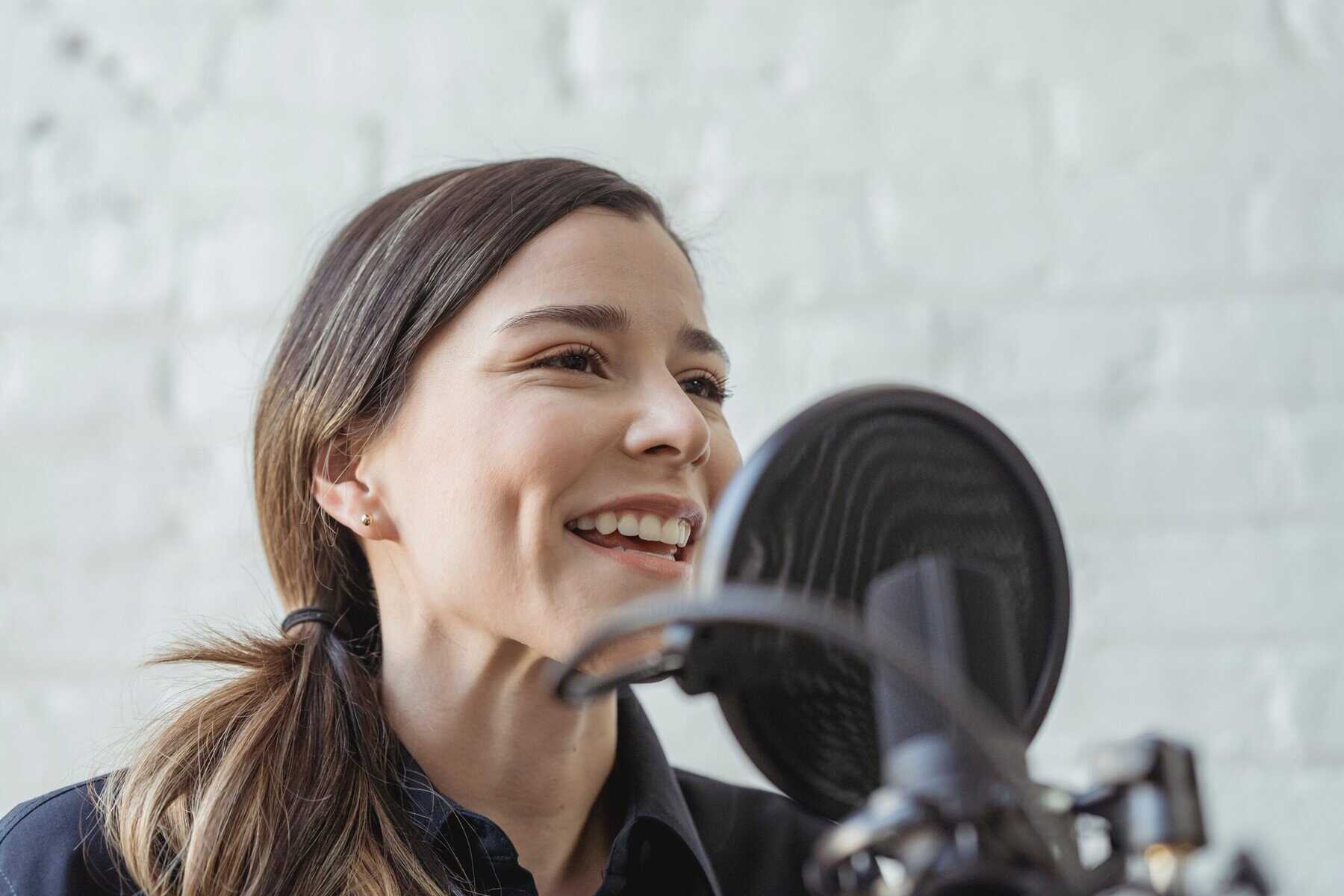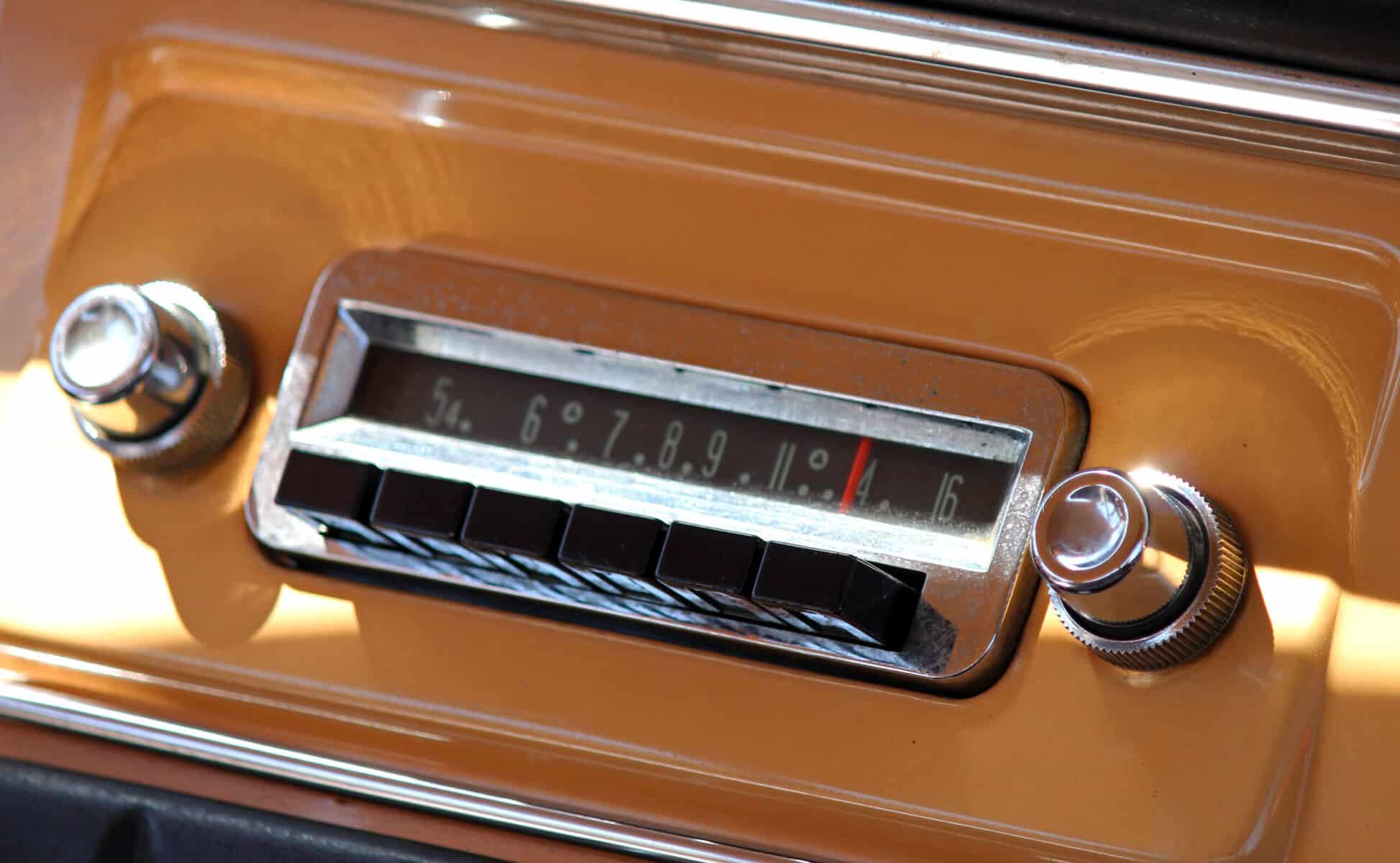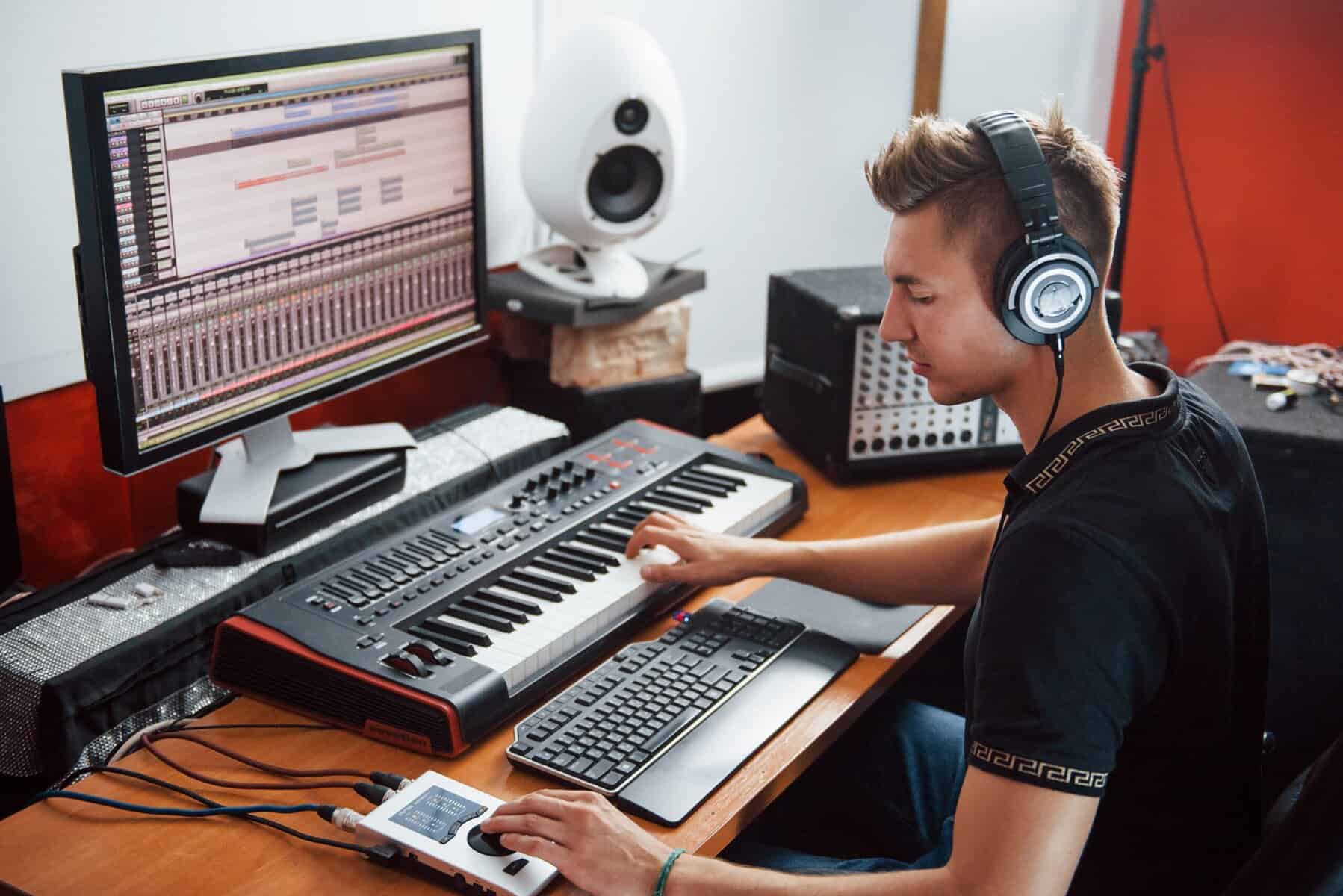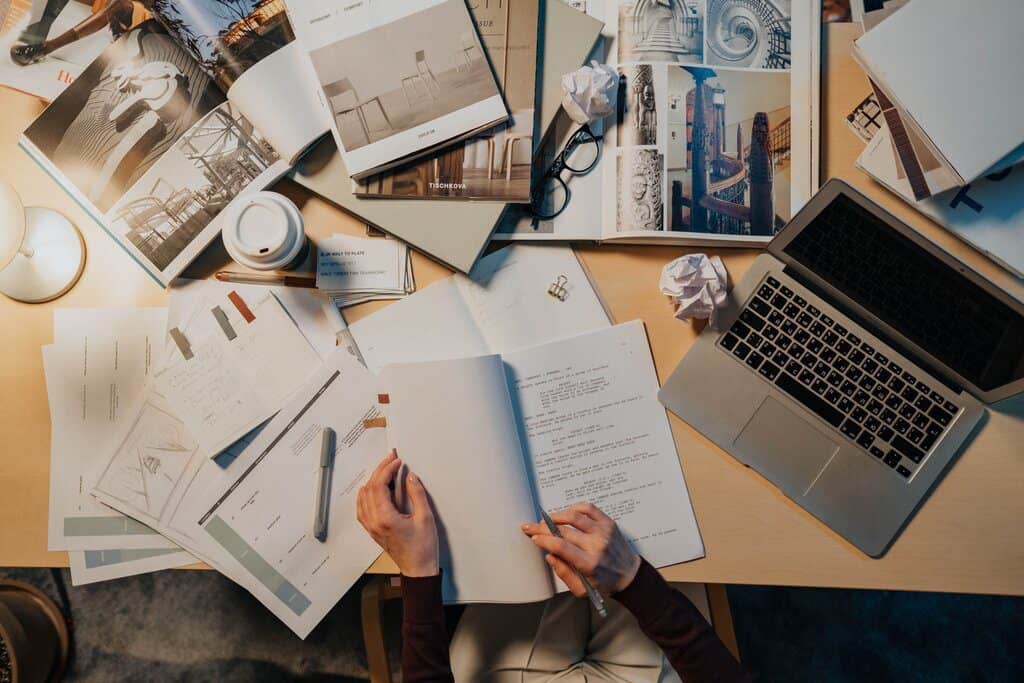Navigating the ever-evolving landscape of search engine optimization (SEO) can be challenging for businesses in the digital age. With search engines constantly refining their algorithms and customer preferences shifting, staying ahead in the digital race requires a strategic and adaptive approach. Businesses that invest in professional SEO services not only gain a competitive edge but also enjoy the benefits of increased online visibility, higher organic traffic, and improved customer acquisition. Killerspots Agency, a leading full-service digital marketing agency and production house since 1999, offers comprehensive SEO services specifically tailored to drive lasting engagement and growth for businesses across various industries.
Partnering with Killerspots Agency for your SEO needs means tapping into a wealth of knowledge and experience alongside access to cutting-edge tools and proprietary techniques. Our team of skilled SEO professionals is committed to developing and implementing innovative strategies that help your business achieve higher search engine rankings, attract consistent organic traffic, and convert your visitors into loyal customers.
The Critical Role of SEO in Modern Marketing
In the digital age, a strong online presence is paramount to the growth and success of any business. As more consumers turn to search engines like Google to discover products and services, businesses need to employ effective SEO tactics to ensure their brand ranks prominently in search results. By investing in professional SEO services, businesses can reap numerous benefits, including the following:
1. Enhanced Online Visibility: High search engine rankings foster improved brand visibility, grabbing the attention of potential customers exploring the web for products or services like yours.
2. Higher Organic Traffic: By appearing in top search results, your website receives more organic traffic from interested users, increasing the potential for lead generation and conversion.
3. Cost-Effective Marketing: Compared to paid advertising channels, a well-executed SEO strategy offers long-lasting results at a lower expense, driving sustainable growth without draining your marketing budget.
4. Competitive Advantage: Effective SEO tactics can help you stay ahead of competitors in the digital race, as customers searching for your offerings are more likely to choose a brand appearing at the top of search results.
Unlock Your Business’s Digital Potential with Killerspots Agency’s SEO Services
At Killerspots Agency, we appreciate the significance of SEO in today’s digital landscape and proudly offer a range of comprehensive services aimed at unlocking the full digital potential of your business. Leveraging our extensive experience and innovative techniques, our SEO services span various key areas, including the following:
1. Keyword Research and Analysis: Thorough keyword research helps identify the most relevant terms and phrases your target audience is using, ensuring that your website’s content is tailored to cater to their queries.
2. On-Page Optimization: On-page optimization encompasses optimizing website elements like URL structure, meta tags, headings, images, and internal linking to make your site more search engine-friendly.
3. Content Creation and Optimization: Killerspots Agency helps businesses develop compelling, keyword-focused content that engages readers, aligns with search engine algorithms, and reinforces your brand message.
4. Off-Page Optimization: Off-page SEO involves building a strong backlink profile, improving your website’s credibility, and earning higher search engine rankings. Our innovative tactics include strategic link-building, citations, and influencer outreach.
Experience the Killerspots Agency Difference: Our Edge in SEO
When it comes to SEO services, Killerspots Agency stands out from the competition with several distinguishing attributes making us the go-to choice for clients worldwide:
1. Proven Track Record: Our long-standing history of successfully serving diverse clients since 1999 speaks volumes about our mastery of SEO tactics and our ability to deliver measurable results.
2. Adaptive Strategies: Our team stays up-to-date with the latest SEO trends and algorithm updates, ensuring that our strategies remain effective and agile in a constantly changing digital landscape.
3. Holistic Approach: Recognizing that effective SEO requires a multifaceted approach, we integrate on-page and off-page optimization, content creation, and technical improvements to provide comprehensive, well-rounded SEO solutions.
4. Transparent Reporting: Killerspots Agency believes in complete transparency; our comprehensive progress reports help clients track the performance of their SEO campaigns, ensuring full visibility and accountability.
Maximizing Your SEO Campaign’s Success: Best Practices
To optimize the success of your SEO initiatives and achieve lasting results, consider the following best practices:
1. Focus on User Experience: Search engines prioritize websites that deliver a seamless user experience. Work on factors like site speed, mobile-friendliness, and navigation to ensure visitors have a pleasant time exploring your site.
2. Create High-Quality Content: A key component to securing high search engine rankings is providing valuable, engaging content for users. Consistently produce informative, well-written content that aligns with user intent to foster trust and credibility.
3. Measure and Monitor: Analyze your site’s performance using tools like Google Analytics, and keep track of metrics like organic traffic, bounce rate, and conversions to adjust and refine your SEO tactics accordingly.
4. Think Long-Term: SEO is not an overnight process; it requires patience, consistency, and a commitment to continuous improvement. Employ sustainable techniques that align with search engine guidelines to enjoy lasting benefits.
Conclusion
Investing in professional SEO services from Killerspots Agency can help your business enhance its digital presence, drive consistent organic traffic, and achieve sustainable growth. Join forces with our experienced team to implement strategic, results-driven SEO solutions tailored to your unique brand and target audience.
Maximize your business potential with tailored SEO strategies that drive online success. Contact Killerspots Agency for expert digital marketing services online or call 513-270-2500.




















